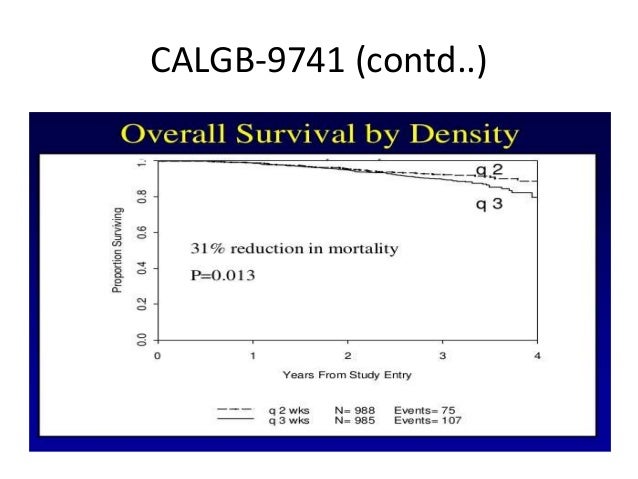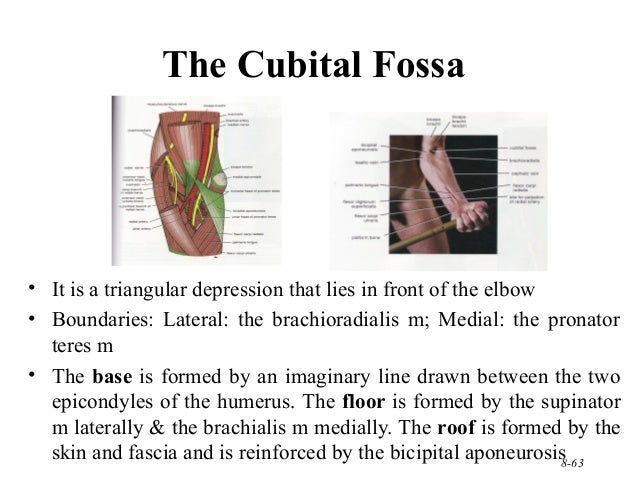


Peripheral nerves may be injured as a direct result of the anaesthetic technique in the case of regional anaesthesia. 1 A PPNI potentially results in significant morbidity for the patient and considerable distress to the medical team facing potentially protracted litigation. Two ASA closed-claim analyses conducted a decade apart reveal that anaesthesia-related nerve injury (ulnar nerve 28%, brachial plexus 20%, lumbosacral nerve roots 16%, and spinal cord 13%) constituted 15% and 16% of total claims, respectively, making it the third most common cause of anaesthesia-related litigation. Perioperative peripheral nerve injuries (PPNIs) complicate both general and regional anaesthesia. Knowledge regarding the anatomical vulnerability of peripheral nerves enables empiric precautions to be taken to prevent injury in the absence of robust evidence-based recommendations. Hypertension, smoking, and diabetes mellitus are associated with PPNIs and may explain why some patients develop nerve injury, despite adequate precautions.Ĭlinical examination, electromyography, nerve conduction studies, and magnetic resonance imaging enable the nature of the injury to be defined. Mechanisms of injury include compression, stretch ischaemia, direct nerve trauma, and local anaesthetic toxicity. Perioperative peripheral nerve injury (PPNI) causes significant patient morbidity and is a leading cause of anaesthesia-related litigation.


 0 kommentar(er)
0 kommentar(er)
